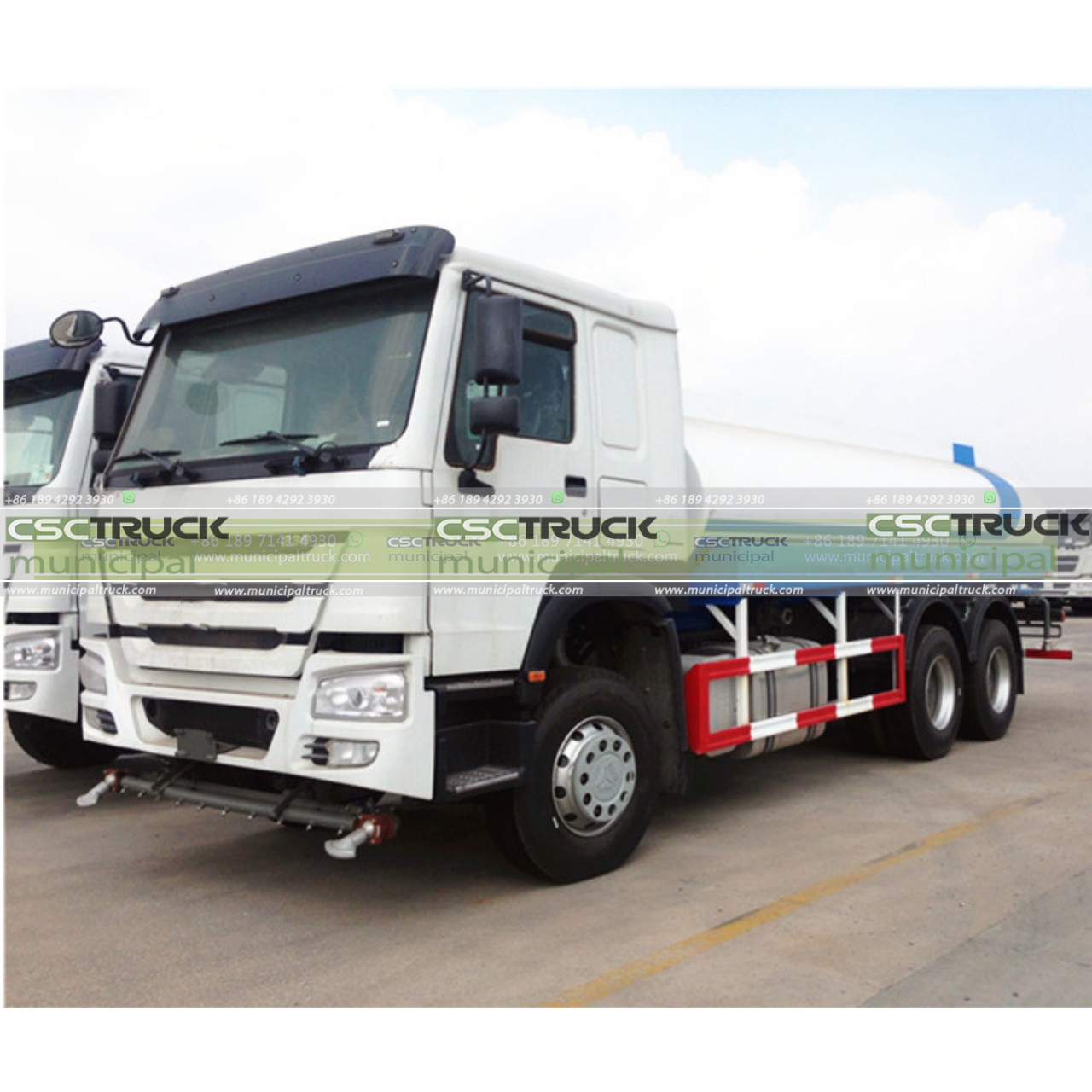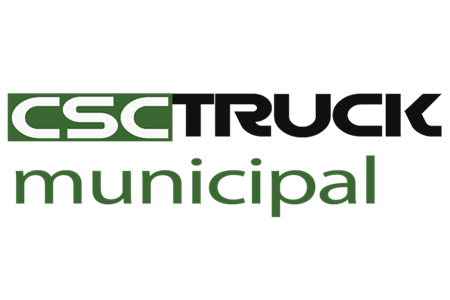Water is a precious resource, and in arid regions or areas with dry climates, managing water efficiently becomes crucial. One area where water management is of utmost importance is dust suppression. Dust can cause a multitude of problems, ranging from health hazards to environmental degradation. To combat this issue, 2 effective watering solutions have emerged: sprinkler trucks and dust suppression systems. In this article, we will explore these solutions and delve into their benefits and applications.
Sprinkler trucks, also known as water trucks or water tankers, have been used for decades in various industries, such as construction, mining, and agriculture. These trucks are equipped with large water tanks and specialized sprinkler systems that distribute water over a designated area. The primary purpose of sprinkler trucks is to control dust by wetting the ground and preventing particles from becoming airborne. This method is particularly effective in construction sites, gravel roads, and mining operations.
The advantages of using sprinkler trucks for dust suppression are numerous. Firstly, they offer mobility and flexibility. Sprinkler trucks can be easily transported to different locations, allowing dust control measures to be implemented wherever they are needed. This mobility is especially valuable in construction projects that span vast areas or where work is carried out in multiple locations simultaneously.

Secondly, sprinkler trucks provide an efficient and cost-effective solution. By wetting the ground, they reduce the amount of dust that becomes airborne, thereby minimizing the need for expensive and time-consuming cleanup operations. Moreover, these trucks can cover large areas quickly, making them highly productive tools in combating dust-related problems.
Another advantage of sprinkler trucks is their versatility. They can be customized to suit specific requirements. For instance, the intensity and coverage of the water spray can be adjusted based on the severity of dust emissions. Additionally, the trucks can be equipped with additional features like pressure regulators and nozzles with different spray patterns to ensure optimal dust suppression.
While sprinkler trucks have proven to be effective, they do have some limitations. The foremost limitation is their reliance on water supply. In areas where water scarcity is a concern, the use of sprinkler trucks may not be sustainable. However, advancements in water management technologies, such as water recycling systems and rainwater harvesting, can alleviate this constraint to some extent.

To address the limitations of traditional sprinkler trucks, dust suppression systems have emerged as a more efficient and environmentally friendly alternative. These systems are designed to atomize water into tiny droplets, creating a mist that captures dust particles and brings them down to the ground. Unlike sprinkler trucks, dust suppression systems require less water and are more targeted in their approach.
One of the primary advantages of dust suppression systems is their high effectiveness in dust control. The fine mist they produce is capable of capturing even the smallest particles, preventing them from becoming airborne. This is particularly beneficial in sensitive areas such as residential neighborhoods, industrial facilities, and agricultural lands, where dust can have adverse effects on human health and plant growth.
Moreover, dust suppression systems offer significant water savings compared to sprinkler trucks. The atomization process ensures that water is efficiently used, as the mist covers a larger surface area with a smaller volume of water. This makes these systems an environmentally conscious choice, as they reduce water consumption and minimize the strain on local water resources.

Furthermore, dust suppression systems can be automated and integrated with existing infrastructure. They can be programmed to operate at specific times or triggered by dust sensors, ensuring that dust control measures are promptly and efficiently implemented. This automation reduces the need for constant human supervision, making these systems ideal for large-scale operations and areas requiring continuous dust suppression.
In conclusion, effective dust suppression is essential for maintaining air quality, protecting human health, and preventing environmental degradation. Sprinkler trucks and dust suppression systems offer viable solutions to tackle dust-related issues. Sprinkler trucks provide mobility, flexibility, and versatility, allowing for efficient dust control in various industries. They are particularly useful in construction sites, mining operations, and gravel roads. With their ability to cover large areas quickly, they offer a cost-effective approach to dust suppression.
However, sprinkler trucks have limitations, such as their reliance on water supply and potential water scarcity concerns. To address these limitations, dust suppression systems have emerged as an advanced alternative. These systems atomize water into a fine mist, capturing and bringing down dust particles effectively. They offer high effectiveness in dust control, making them suitable for sensitive areas like residential neighborhoods and industrial facilities.

One of the significant advantages of dust suppression systems is their water-saving potential. By using a smaller volume of water and covering a larger surface area, they reduce water consumption and promote sustainable water management practices. This makes them an environmentally friendly choice, particularly in regions facing water scarcity challenges.
Additionally, dust suppression systems can be automated and integrated with existing infrastructure. They can be programmed to operate at specific times or triggered by dust sensors, ensuring timely and efficient dust control measures. This automation reduces the need for constant human supervision, making these systems ideal for large-scale operations and areas requiring continuous dust suppression.
It is worth noting that both sprinkler trucks and dust suppression systems can complement each other in certain scenarios. For instance, in construction projects where mobility is essential, sprinkler trucks can be initially used to wet the ground and control dust emissions. Subsequently, dust suppression systems can be implemented to maintain continuous and targeted dust control measures.

Furthermore, advancements in technology and innovation continue to enhance the efficiency and effectiveness of both sprinkler trucks and dust suppression systems. For example, the development of smart monitoring systems and data analytics can provide real-time information on dust levels, enabling proactive dust control strategies and optimizing water usage.
In conclusion, water management plays a crucial role in dust suppression efforts. Sprinkler trucks and dust suppression systems offer effective solutions for controlling dust in various industries and environments. While sprinkler trucks provide mobility and versatility, dust suppression systems excel in water efficiency and targeted dust control. Choosing the appropriate solution depends on factors such as the scale of the operation, water availability, and environmental considerations. By implementing these watering solutions, we can mitigate the adverse effects of dust, ensuring cleaner air, healthier communities, and sustainable development.

Contact us for this municipal truck or similar trucks: [email protected] Call us or What's APP us: +86 189 4292 3930







